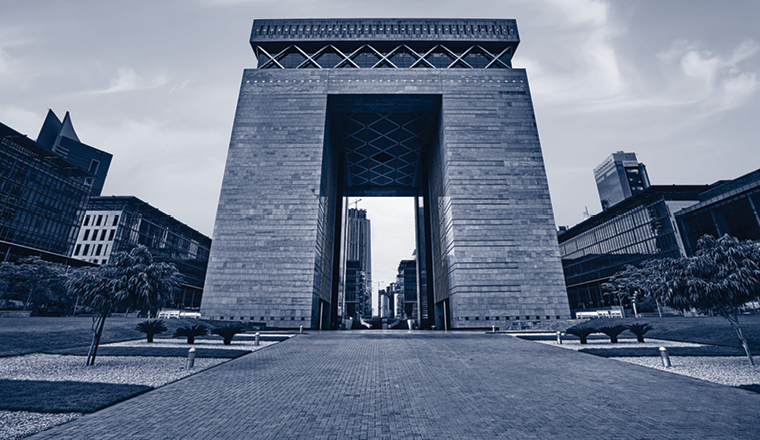Published: May 4, 2017
Sovereigns in the Middle East and Africa need to diversify their funding sources to replace their lost commodity revenues, and some may turn to Islamic finance in 2017.
In late February and in March, King Salman bin Abdulaziz al Saud, Saudi Arabia’s ruler, spent several weeks touring Asia’s largest markets, as the Kingdom looks to build its relationships, both political and economic, with the East. With growth slowing, and with dwindling reserves, Saudi Arabia is pitching for investment from China, and also from the populous, fast-growing and developing Muslim nations of Southeast Asia.
The once cash-rich countries of the Gulf Cooperation Council, of which Saudi Arabia is the largest by some way, have had to go to the capital markets to make up for the sudden shortfalls in their budgets left behind by low oil prices. A 2016 report from Standard & Poor’s estimates that the GCC needs around US$600bn through 2019 to fund projects, with planned capital spending at only US$330bn.
In 2016, Gulf countries issued more than US$65bn on the international markets, led by Saudi Arabia’s record-breaking US$17.5bn issue in October, which was the largest ever launched by an emerging market sovereign. Qatar raised US$9bn, and Abu Dhabi raised US$5bn. Although it is not a hydrocarbon exporter, Dubai is also seeking several billion in financing to upgrade its infrastructure ahead of the 2020 World Expo.
Outside of the GCC, other sovereigns in the Middle East and North Africa have returned to the international capital markets. Egypt sold US$4bn in 5, 10 and 30-year bonds in February 2017. Tunisia issued a US$500mn, 5-year eurobond in August 2017.


